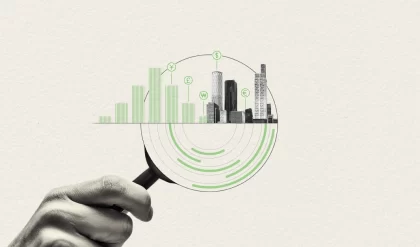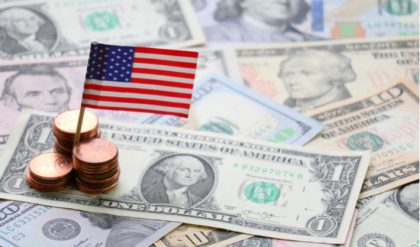On the success side of the microeconomic ledger are many companies whose top management made the right decisions as start-ups or in their restructuring efforts in the face of changing market and economic conditions – as was the case with GM.
A classic success story is FedEx. Founded in 1971, the service firm is one of the world’s largest express transportation companies. Initially, FedEx had a simple but powerfully effective business strategy that was summed up in its early advertising slogan: “When it absolutely, positively has to be there overnight.”
Frederick W. Smith, who founded FedEx, was aware of the growing consumer demand for prompt, dependable overnight delivery of packages and documents. Smith’s microeconomic research in advance of starting his firm provided the data necessary to confirm an idea he first developed when he was studying economics at Yale.
Understanding Demand and Adaptation
In the early 1970s, the U.S. Postal Service was not as reliable as it would later become, and postal rates were increasing. Smith’s unknown start-up firm would provide the service that the post office could not, at a reasonable price, and demand for Fed Ex service grew exponentially through the years.
As the firm matured, several new and critical price and technological challenges arose, which threatened FedEx’s market share. These included the entry into the express carrier business of the U.S. Postal Service, Emory Airborne Freight and United Parcel Service of America (UPS), among others.
On the technological side, fax transmissions and emails could now deliver almost instantaneously what previously could only be delivered overnight. In response to this challenge, FedEx concentrated on items that could not be dispatched via phone lines or electronically and expanded into foreign markets. With its own fleet of aircraft, FedEx was an effective competitor against most of the other carriers, which used commercial flights for delivery.
These moves reflect simple microeconomic decisions – when demand declined for overnight deliveries of materials which could be sent via email or fax, the firm focused on other services, vigorously advertising what the market demanded at a competitive price.
Consumer Spending During a Downturn
In the slumping economy of late 2008, with consumer budgets and disposable income shrinking through job loss, the declining value of their investments, and a lack of consumer confidence, consumer decision-making took a new direction.
Consumer spending during the period of economic downturn that began in 2008 still expressed the microeconomic concepts of opportunity costs, cardinal utility and ordinal utility, which are used in decision-making in good economic times.
Opportunity costs, as discussed in a previous chapter, are the tradeoff concept. With a limited budget, a consumer may be able to afford two items he or she desires, but cannot buy both. Buying one rather than the other is the opportunity cost.
Suppose a consumer wants an expensive chocolate cake, a loaf of bread and a pound of sliced ham to make sandwiches for her school children. In a down economy, the consumer on a tight budget would likely chose the more practical purchases – the bread and ham. The cost for this decision – the opportunity cost – is the chocolate cake. (For more, see: Economics Basics.)
The cardinal utility – in microeconomics, the numerical value of satisfaction to the consumer – may not be measurable. But the ordinal value, which only denotes consumer preference without assigning actual numbers, is obvious. In hard times, consumers prefer the necessities.
This consumer preference for necessities and competitive pricing during a recession was also demonstrated in a reported increase in brand switching and the use of discount coupons at supermarkets and other retailers. A consumer may prefer one brand of toothpaste at a certain price, for example, but if a coupon for a different brand of toothpaste is offered at a significant discount, consumers may decide to buy the cheaper brand.
Micro Meets Macro
At this point, the principles of macroeconomics – the big-picture economy – came into play in the 2007-2009 recession. The Federal Reserve lowered the key interest rate to encourage borrowing. The federal government embarked on a costly but necessary rescue plan for the financial industry, and a plan to help home owners either facing default, or in default of their mortgages. The government also rescued certain mortgage firms and investment banks with infusions of cash. (For related reading, see: The Federal Reserve: Monetary Policy.)
Additionally, through a legislative act called the Troubled Asset Relief Program (commonly called “the bailout”), the federal government appropriated some $750 billion to buy toxic debt (non-performing or questionable debt) and to lend money to banks and other institutions to get the economy moving again.





